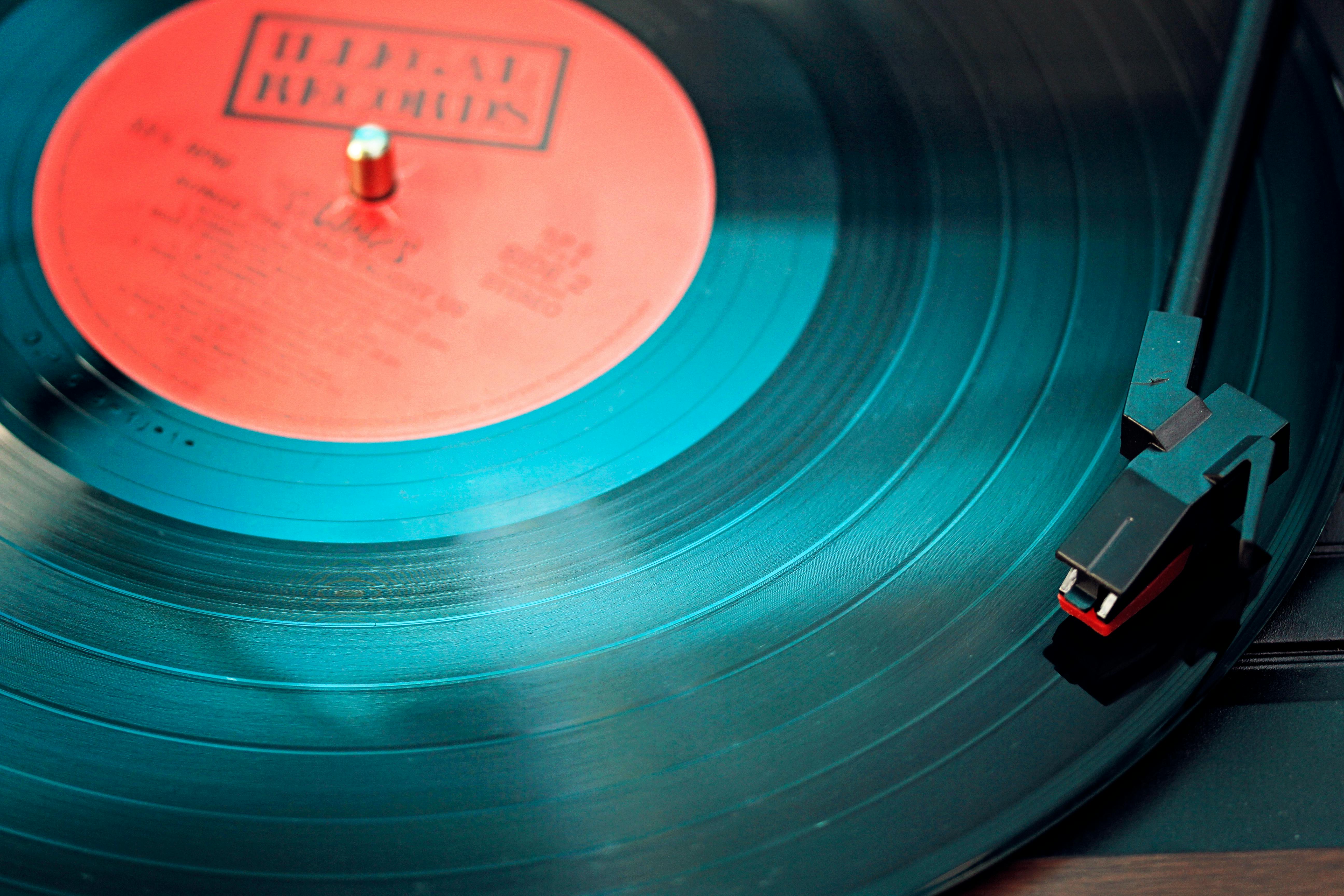Exploring How Vinyl Records Bring Music to Life
Vinyl records are discs that hold music in grooves you can follow with a needle. This article shows how records are made, how sound is stored and played back, and how people enjoy listening to albums. Learn how different records show music in unique ways and how spinning a record can reveal songs in their original form.

The resurgence of vinyl records in recent years has sparked renewed interest in understanding how these analog marvels actually function. Unlike digital music formats that convert sound into binary code, vinyl records store audio information as continuous physical variations in spiral grooves carved into the disc surface. This mechanical process creates a direct, unbroken connection between the original recording and the listener’s ears.
Understanding Vinyl Records History
The development of vinyl records traces back to the late 1800s when Thomas Edison first invented the phonograph. Initially using wax cylinders, the technology evolved through various materials including shellac before settling on polyvinyl chloride (PVC) in the 1940s. This transition marked the beginning of the modern vinyl era, with the 33⅓ RPM long-playing record becoming the standard format for albums. The history of vinyl records reflects humanity’s persistent quest to capture and reproduce sound, leading to innovations that shaped the entire music industry for decades.
How Vinyl Records Work
The mechanics behind vinyl record playback involve a fascinating interplay of physics and engineering. Sound waves from the original recording are converted into lateral and vertical movements of a cutting stylus, which carves corresponding variations into the record’s groove. During playback, a needle follows these same grooves, translating the physical undulations back into vibrations that are amplified and converted to sound. The groove width, depth, and spacing all contribute to the audio quality, with stereo information encoded through the angle and direction of the groove walls.
Music Playback Technology Evolution
Vinyl records represent a crucial chapter in music playback technology development. Before digital compression and streaming, vinyl offered the highest fidelity available to consumers. The analog nature of vinyl means that every nuance of the original recording is preserved in the physical medium, without the sampling limitations inherent in digital formats. This technology influenced everything from recording techniques to studio design, as engineers learned to optimize their work for the vinyl medium’s unique characteristics and limitations.
Collecting Vinyl Records
The art of collecting vinyl records has evolved into a sophisticated hobby encompassing everything from rare first pressings to contemporary releases. Collectors often focus on specific genres, labels, or time periods, building libraries that represent musical history. Factors affecting collectibility include pressing quality, condition, rarity, and historical significance. Many collectors appreciate the large-format artwork, liner notes, and physical connection to the music that vinyl provides, creating a more immersive experience than digital alternatives.
| Record Type | Typical Price Range | Key Features |
|---|---|---|
| New Release Albums | $20-$35 | Latest pressings, often colored vinyl |
| Classic Rock Reissues | $25-$50 | Remastered audio, premium packaging |
| Rare Original Pressings | $50-$500+ | Historical value, collector demand |
| Audiophile Editions | $40-$100 | High-quality pressing, superior sound |
Prices, rates, or cost estimates mentioned in this article are based on the latest available information but may change over time. Independent research is advised before making financial decisions.
Educational Music Articles and Vinyl Appreciation
Studying vinyl records provides valuable insights into music production, audio engineering, and cultural history. Educational resources about vinyl help listeners understand concepts like dynamic range, harmonic distortion, and the relationship between physical media and sound quality. Many music programs now include vinyl appreciation courses, recognizing that understanding analog recording and playback technologies enhances overall musical knowledge. These educational approaches help preserve the technical knowledge and cultural significance of vinyl records for future generations.
The enduring appeal of vinyl records lies in their ability to create a tangible connection between listener and music. As technology continues advancing toward increasingly digital and intangible formats, vinyl records serve as a reminder of music’s physical origins and the craftsmanship involved in creating lasting audio experiences. Whether approached from a technical, historical, or purely aesthetic perspective, vinyl records continue bringing music to life in ways that resonate with both longtime enthusiasts and new generations of listeners discovering this remarkable technology.




